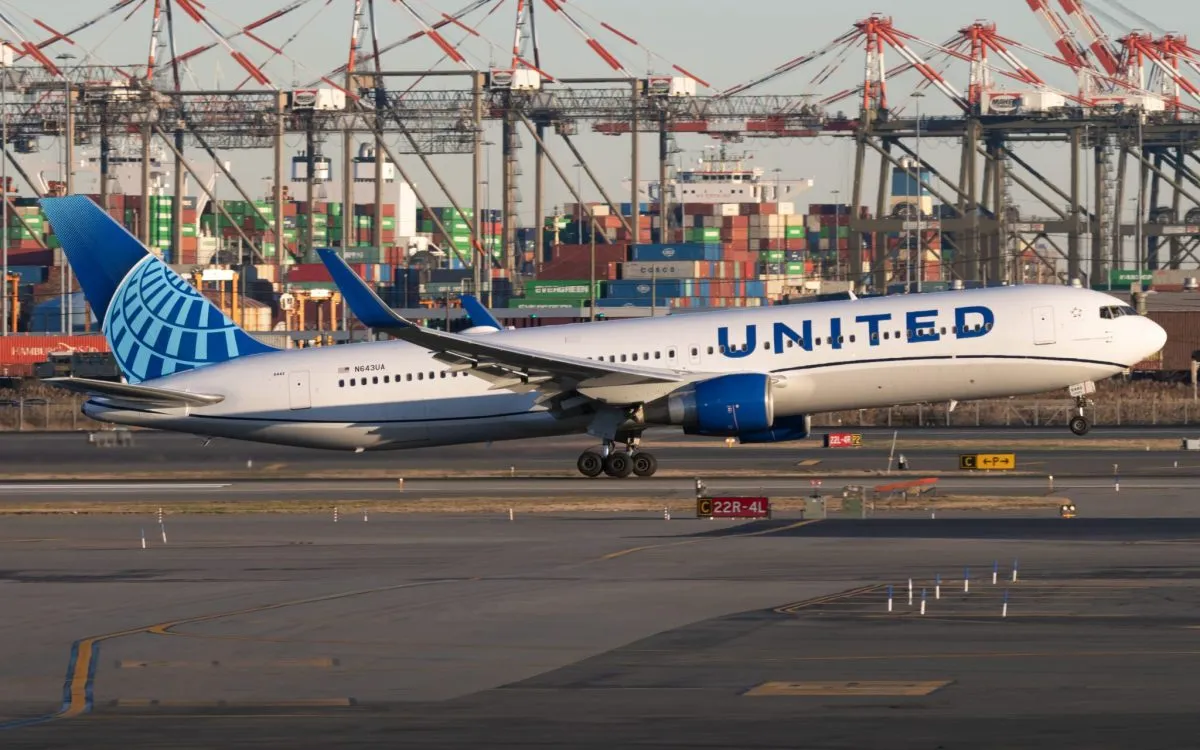Navigating the Complex Terrain of the U.S.-China Trade War

In the realm of international trade, the adage 'land wars in Asia are unadvisable' can certainly be extended to trade wars as well, particularly when it comes to the United States and China. With China being an industrial powerhouse, boasting a population exceeding one billion, and the U.S. standing as a titan in finance and technology, but with a population of less than 400 million, any attempt at a trade confrontation requires a strategic approach.
To effectively engage in a trade warshould one feel compelled to do sothere are two fundamental rules to consider. The first is to gather strength in numbers. The U.S. must build robust alliances with trading partners across North America, Europe, and Asia to safeguard its interests. This approach, often referred to as 'friend-shoring', aims to fortify supply chains and mitigate risks should China decide to cut off access to essential products and materials, including critical components like smartphone parts and processed lithium. By fostering these alliances, the U.S. would not only enhance its resilience but also increase the pressure on China, limiting its ability to find alternative markets for its exports and thereby reducing the likelihood of retaliation.
The second essential rule is clarity. The process of reindustrialization, which involves establishing new factories and plants to manufacture crucial machinery for artificial intelligence, computing, energy, and national security, comes at a significant cost. To attract domestic financing and foreign investment, it is vital that stakeholders can rely on a stable tax and tariff environment. Investors are unlikely to commit to building new facilities based on policies that may change unpredictably; they need assurance that the tax and tariff structures announced today will remain in place for the foreseeable future. Without this clarity, decisions to invest in new factoriessuch as one in Iowaare unlikely to materialize.
However, the current state of U.S. trade policy under the Biden administration appears to be straying far from these two fundamental principles. Instead of strengthening ties with international allies, the administration has introduced high tariffs on some nations and signaled intentions to absorb others into a more expansive trade framework. Furthermore, rather than providing a consistent and transparent tariff strategy, the government has exhibited a tendency to announce and then retract trade policies in erratic patterns, akin to a sibling playfully teasing a younger sibling with candy, only to snatch it away repeatedly.
The chaotic nature of the trade war with China has been evident since the Trump administration initiated a series of tariffs. In February, a 10 percent tariff on Chinese goods was put into effect. This was followed by an escalation in March to 20 percent, then a staggering jump to 145 percent in April. Yet, the administrations subsequent clarifications about exemptions for certain electronic components added to the confusion, only to be reversed again with vague promises of impending tariffs.
This lack of coherent strategy has raised alarms among industry experts. Jason Miller, a professor at Michigan State University specializing in supply-chain management, highlighted the precarious nature of America's dependence on Chinese imports. He emphasized that certain product categories, such as smartphones, laptops, and critical raw materials, pose significant challenges when considering how quickly the U.S. can decouple from China. He pointed out that the vast majority of crucial imports come from China, including 99 percent of child safety seats, 96 percent of pet toys, and 70 percent of toys for children under 12. The implications of a trade war extend beyond mere inconvenience; they threaten to disrupt supply chains and inflate prices substantially, with certain essential goods becoming unavailable or significantly more expensive.
The toy and hobby industry alone supports approximately 400,000 to 600,000 jobs in the United States, predominantly in warehousing and retail. With more than 80 percent of toys currently manufactured in China, the potential fallout from a deteriorating trade relationship could be severe. As Miller aptly noted, the American consumer is about to realize just how reliant they are on Chinese production for everyday items.
Furthermore, the second critical area of Chinese dominance lies within the realm of metals and electronics, which are vital for U.S. manufacturing and energy sectors. China dominates the global market in smartphone production and accounts for over 50 percent of the worldwide processing of essential materials such as lithium, nickel, cobalt, and manganese necessary for batteries and electronic devices. Should China impose tighter export controls, the U.S. could face rapidly rising costs for batteries and grid storage, subsequently hiking energy prices and increasing the affordability challenges for electric vehicles.
Despite exporting over $100 billion worth of goods to China, the trade relationship presents a notable asymmetry. While China is indeed reliant on U.S. exportsimporting a significant percentage of American agricultural products, including sorghum and soybeansit is clear that U.S. industries are equally dependent on Chinese manufacturing capabilities. For instance, China purchases 89 percent of Americas grain sorghum, 52 percent of its soybeans, and plays a pivotal role in multiple other markets.
These statistics underscore the precarious balance between U.S. and Chinese economic interests. While America may struggle to find alternative sources for manufacturing toys and electronics, China has greater flexibility to adjust its supply chains. As Miller pointed out, China could look to nations like Japan and Europe for semiconductor-manufacturing equipment or acquire more soybeans from Brazil. This shift could lead to significant economic repercussions for American farmers, who would face the possibility of losing billions of dollars in agricultural exports and require government intervention to mitigate the fallout.
The ramifications of a trade war with China extend beyond the two nations involved; such a conflict could disrupt global alliances, alter international supply chains, and adversely affect the global economy. For the U.S., which has a vested interest in the stability of its industrial base, the stakes could not be higher as China remains integral to the production of many of the resources and technologies crucial for Americas future.
























